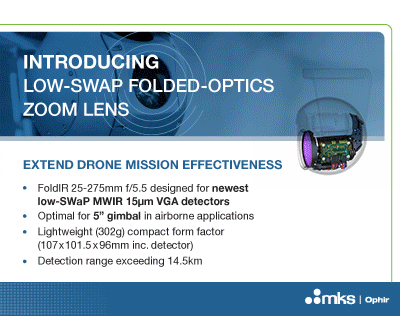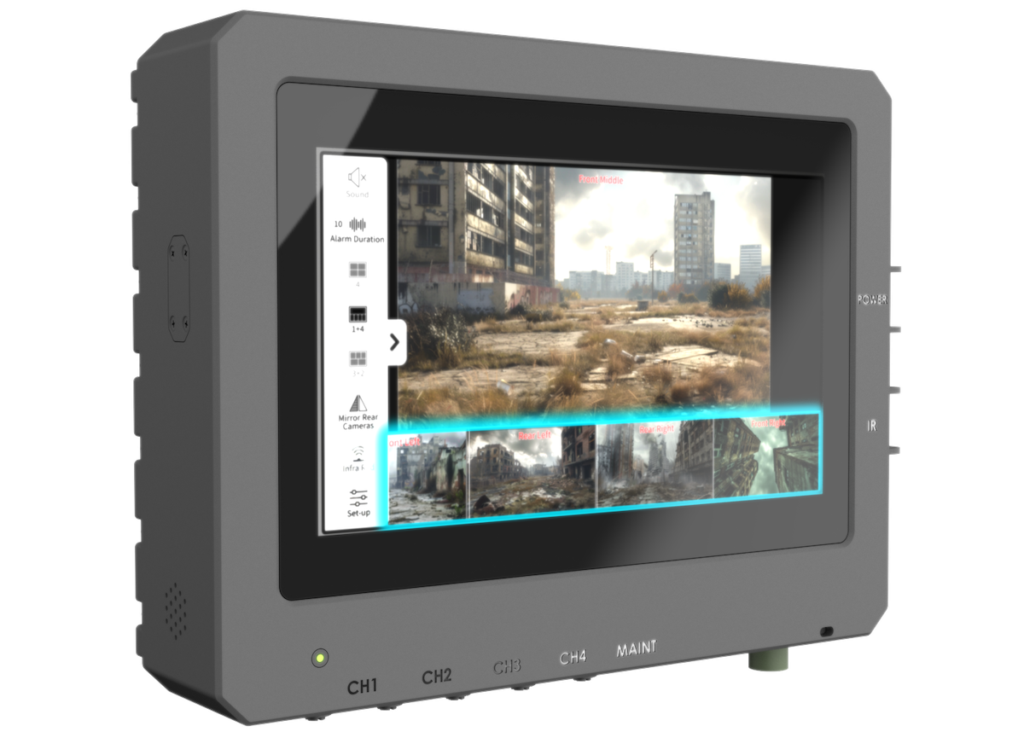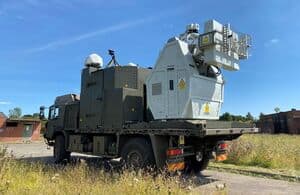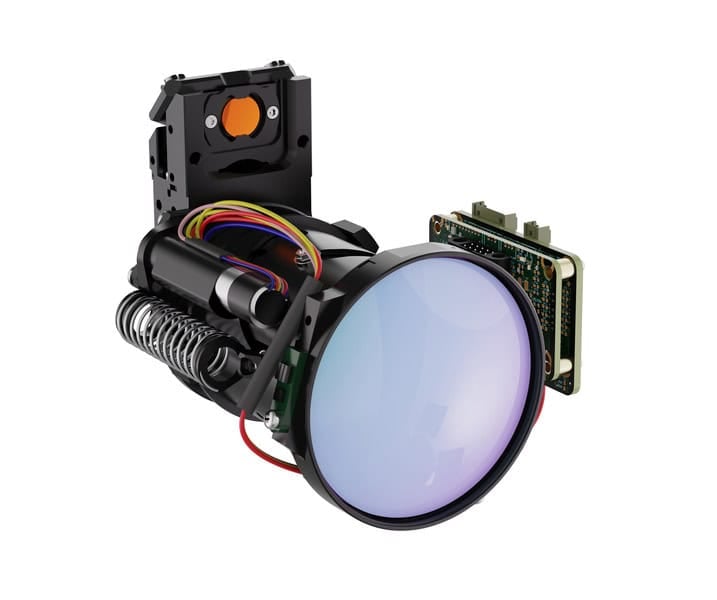
Discover Leading Defense Technology Solutions
Discover cutting-edge solutions from leading global suppliersSystecon has secured a contract modification to continue supporting the US Army with predictive maintenance technology, deploying tools to support an operational Army unit at the Brigade level working directly with the Brigade staff to increase operational readiness and increase mission capability.
As part of the original contract, Systecon developed a data-driven predictive analytics model software prototype to improve equipment availability and fleet readiness across the force through a prognostic and predictive maintenance capability to reduce associated equipment down time.
The company’s work provided Army Materiel Command Analysis Group (AMCAG) with the ability to provide more timely and accurate failure rate calculations to better optimize the supply chain and optimize maintenance to maximize mission effectiveness through cutting edge methods for fleet analytics.
Team Systecon has ability to utilize raw data from the platform sensors and maintenance data to train and deploy Artificial Intelligence (AI) algorithms and build predictive models to accurately anticipate system failures and calculate remaining useful life.
During a 12-month period of performance, Team Systecon has acquired all data available to AMCAG to construct an initial baseline model and prototype.
Team Systecon built an Army Prognostics & Predictive Maintenance (PPMx) prototype toolset in a single Microsoft Azure GovCloud environment. This prototype utilizes proprietary, deep Machine Learning (ML) algorithms and leverages Topological Data Analysis to automatically present actionable information via a customized, user-friendly dashboard display.
The vehicle agnostic algorithms correlate state variables such as kinematic data, system sensor data, external condition variables, and digital behavioral data to infer a system’s current state and digital maintenance information.
The model achieved a training accuracy of 96% which beats the 55% accuracy threshold for performing better than random selection. The model also achieved a total false positive rate of 3% with a 1.5% failure rate in classifying a Non Mission Capable (NMC) system as Fully Mission Capable (FMC). Model performance increases as target period increases and the Error rate decreases as target period increases. The model has excellent performance with 3% error rate meaning it can predict NMC and FMC occurrences with a high degree of accuracy.
Implementation of this solution at an operational unit is suggested to realize the largest benefits from this prototype. Because all the tools utilized in the prototype are platform agnostic, the same algorithms and models support any platform. A few of the benefits that could be realized through a larger implementation of the prototype are:
- Improved deployment sustainment support using TPFD validation capabilities, etc.
- Optimizing materiel readiness and supply performance enterprise wide using current data from platforms
- Understand 2nd and 3rd order effects for operational deployment and mission support
- Resourcing readiness to critical units and missions
- Optimizing ASLs and design deployment kits
























